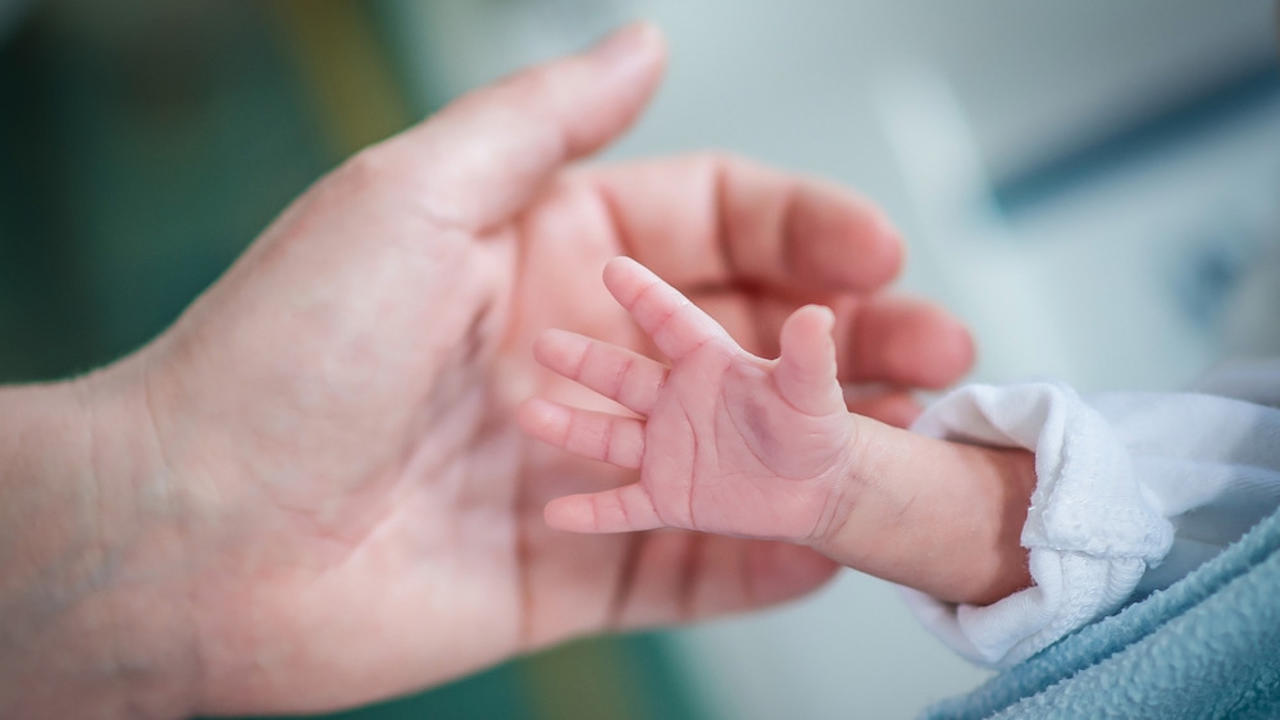"Can she breathe?"

You’d think after 26 years of living with this stuff I would have found a way for it not to bother me. But it still takes me off my game every now and then.
I guess it’s the psychological damage that comes with discovering that your child, or loved one (or yourself) has a disability or serious health condition.
And the energy it takes to live in a world where you have to fight for everything.
And the worry and uncertainty of what tomorrow will bring.
For me, it’s the unforgettable “he may never walk, talk or go to school”, knife-through-the-heart statement, and everything that goes with it.
Even though none of those things really came true for Ben.
Even though he is just one exam away from graduating … from university!
With 100% certainty, I can tell you that the cure for this funk is to shift focus from what’s lacking (because we will ALWAYS lack something) to what IS.
It's not easy to do. Sometimes you want to wallow in self-pity. But don't!
In Ben’s case, it’s about focusing on him and all of his accomplishments.
It’s about remembering that he can breathe!
Can She Breathe???
What kind of a ridiculous statement is that, you ask?
Well, if you could have heard a live presentation by Dr. Lilli Nielsen, you would have said the same thing.
Born in Denmark in 1926, Dr. Nielsen was the second of seven children, four of whom were born blind. Can you imagine, having four siblings who were blind?
At the age of seven, she was tasked with taking care of her younger brother who, of course, was blind. No one told her parents how to care for their four blind children so she developed her own techniques, mostly from trial and error.
She worked as a preschool teacher, a psychologist, and later as a special advisor for the National Institute for Blind in Denmark. There, she encountered children who had multiple disabilities in addition to blindness.
At the age of 62, she earned her Ph.D on the topic of congenitally blind children’s spatial relations, and published multiple books and countless papers.
So, during this presentation I attended, she described an encounter with a blind child who had severe cerebral palsy. She was asked by the child’s parents how could their child possibly learn to do anything when she couldn’t see, or sit, or walk.
Quite matter-of-factly, Dr. Nielsen asked, “Can she breathe?”
It seemed like a strange question since the answer was obvious.
Dr. Nielsen placed the child on her back in her specially designed “Little Room”, which was a partially enclosed space that provided that child with a variety of tactile and auditory experiences.
After a few minutes, this child’s breathing, amplified in the enclosed space, became a stimulus. The child then raised a hand a few inches and touched one of the objects.
She spent more than 30 minutes inside the Little Room and discovered that her arms had a purpose.
All of this learning started from one of the most basic things the child could do—breathe!
I remember every syllable that Dr. Nielsen uttered fed my hunger for knowledge about how to help Ben. And, needless to say, it worked!
So when you’re faced with a situation with your loved one that you think is doom and gloom, ask, “Well, can she breathe?”
Just start there. Start with what you have and watch it grow.
Learn more of Ben’s story at Ben’s True Story.

